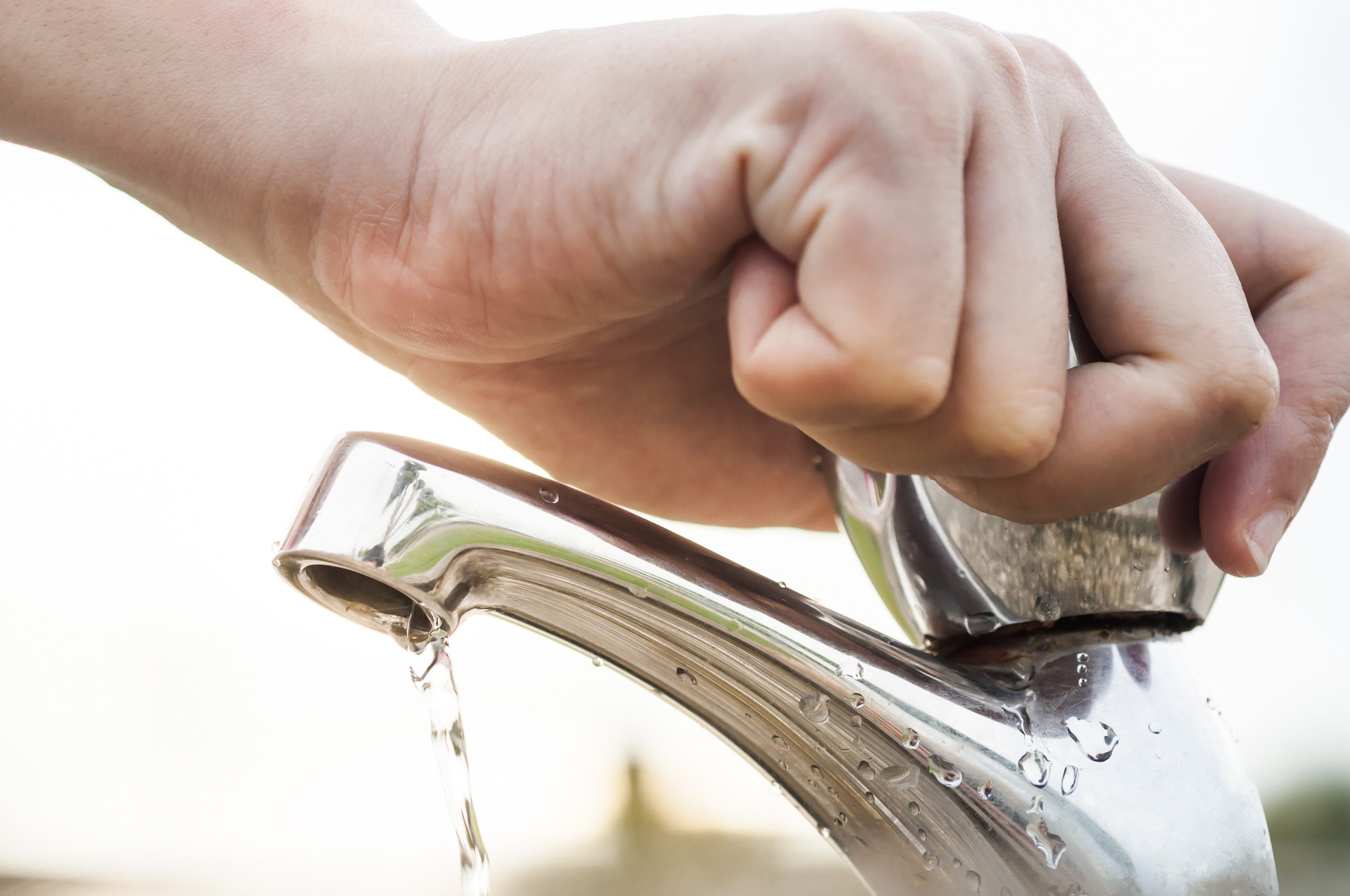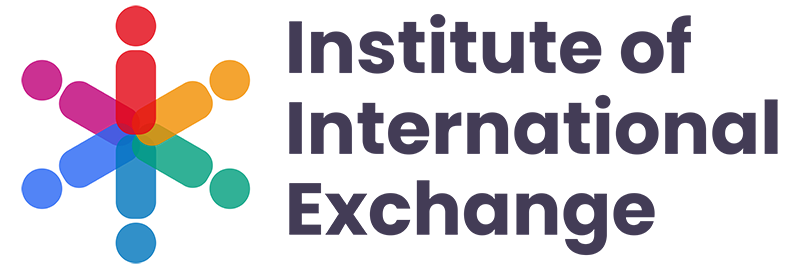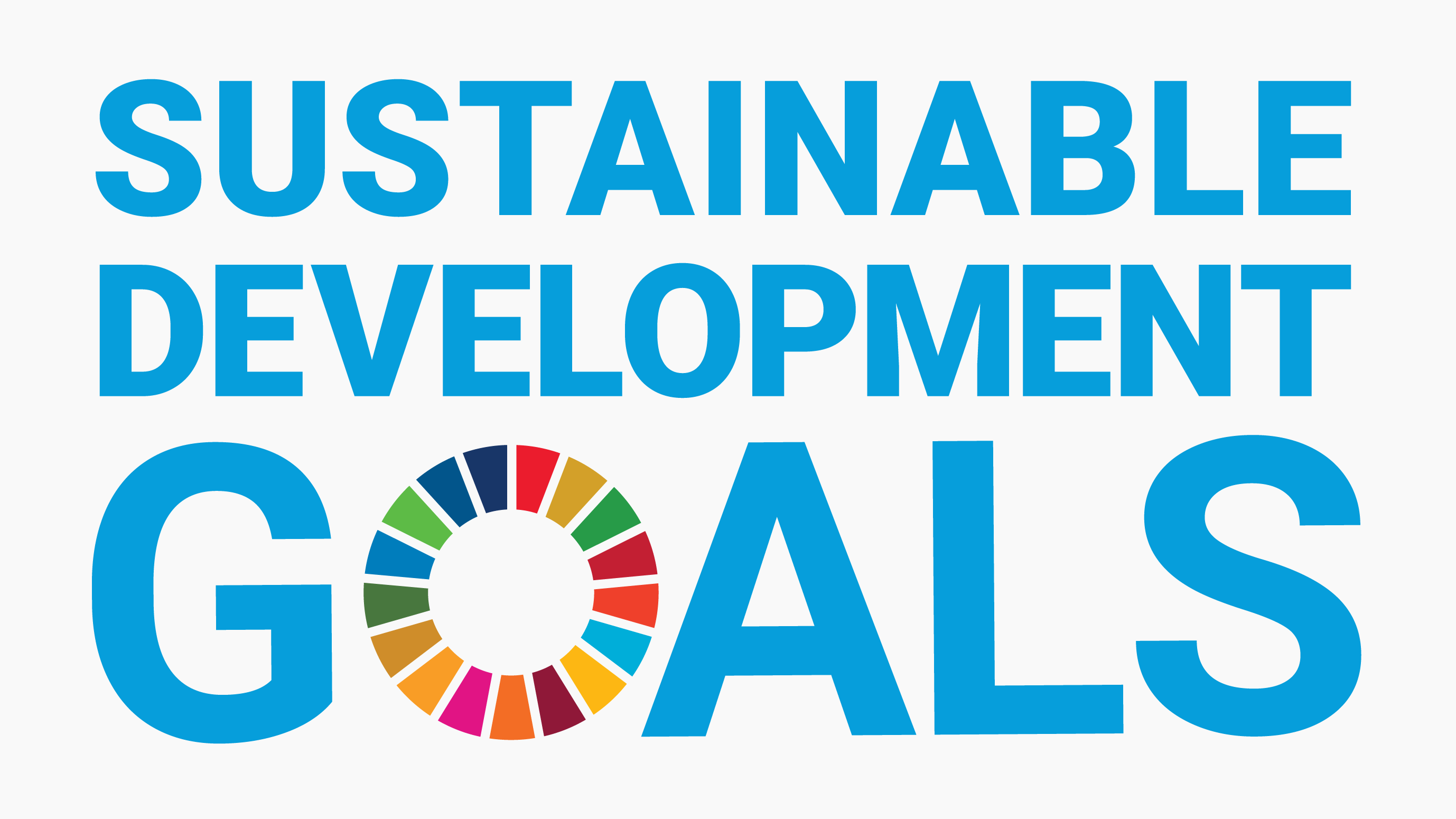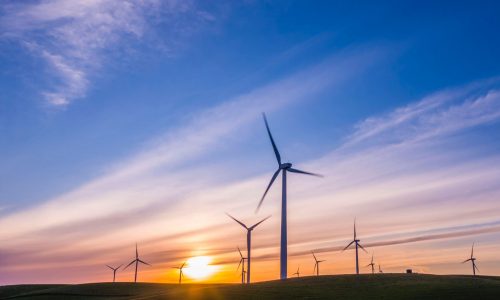Public education research on water conservation in Greater Vancouver, Canada

Vancouver, Canada
Vancouver in Canada has been ranked high in the ranking of the most livable cities for many years in a row. It has a pleasant climate, is surrounded by mountains and rivers, and has relatively abundant water resources and excellent water quality. To a certain extent, this benefits from the strict protection of water sources. The Vancouver government has specially designated a water source protection zone for drinking water sources, which prohibits all human activities unrelated to water source protection.
Due to the good quality of the water source, coupled with the water purification of the water plant, the tap water in the water pipes of every household meets the requirements for direct drinking. According to a survey by Metro Vancouver, its sanitation level even exceeds that of some bottled water sold in the store supermarkets.
There are three water conservation areas in the Great Metro Vancouver, namely Capilano Watershed, Seymour Watershed and Coquitlam Watershed. The total area of the three reservoir water source protection areas is approximately 585 square kilometers, providing water for 2.4 million residents in the Greater Vancouver area.
The responsible unit for the protection of drinking water sources in the Great Metro Vancouver is Metro Vancouver, whose management scope covers 21 districts in British Columbia. Its management responsibilities include water source protection and drinking water production, sewage collection and treatment, and municipal solid waste collection and disposal. Among them, established in 1924, the drinking water management department is one of its oldest public departments, and the sewage collection and treatment management department was established in 1956. The Greater Vancouver Regional Administration also monitors the city’s air quality and is responsible for planning and managing urban development, urban parks and urban housing.
Carrying out public education to promote the protection of drinking water sources is also one of the main tasks of the administration-its purpose is to let more Vancouver residents understand the importance of water source protection and water conservation, and actively cooperate with the government’s environmental management policies. The Greater Vancouver Regional Administration put forward a public water source protection education plan in 2002, which includes an annual water source protection tour. The Greater Vancouver Regional Administration organizes public water conservation tours every Thursday to Sunday from June to September every year, and provides about 3,000 people with the opportunity to sign up each year.
Water conservation tours are also a way of demonstrating to the public the importance of water conservation. Participants can enter water conservation areas that are normally off limits to people, and guides will introduce participants. For example, many years ago, the government allowed trees to be cut down here, but the public raised a collective objection that this was a water conservation site in Vancouver and should be protected. The government accepted the views of the public. In fact, such water exploration is also a way for the government to prove to the public that it attaches great importance to water source protection.
The protection of water resources is not only a matter for the responsible department of water resources protection, but also requires the public to understand and cooperate with the policies and measures of the water resources protection department. It also requires citizens to actively practice the concept of water conservation, environmental protection and green living from their own lives and mode of production.
We believe that activities like Capilano Reservoir Water Protection Tour will also serve as a good reference for the water protection work of cities in other countries. The water affairs and environmental protection authorities of various countries have carried out targeted public education activities in urban drinking water source protection areas, so as to enhance residents’ awareness of water conservation, and make residents better understand and abide by government policies.
Derivative topics from students:
Countries with high water scarcity, taking India as an example, can imitate what actions to deal with their own crisis.
For example, Singapore has established a sustainable water supply system, which the government calls “Four Taps”: importing water, collecting rainwater, desalinating seawater and new water; Israel is another world leader in advanced water technology and water management, etc.
About Us
Institute of International Exchange is an international non-governmental and non-profit organization. We hope to build an equal and friendly platform for exchanges and cooperation around the world.
© 2023 Institute of International Exchange




